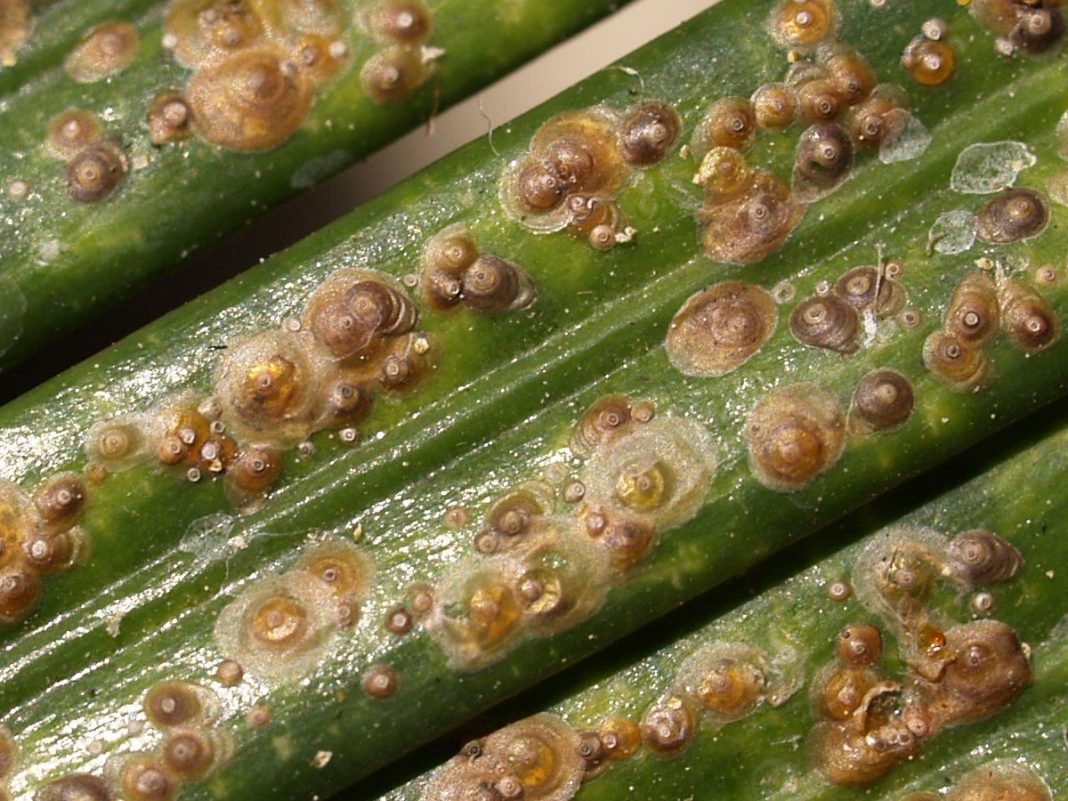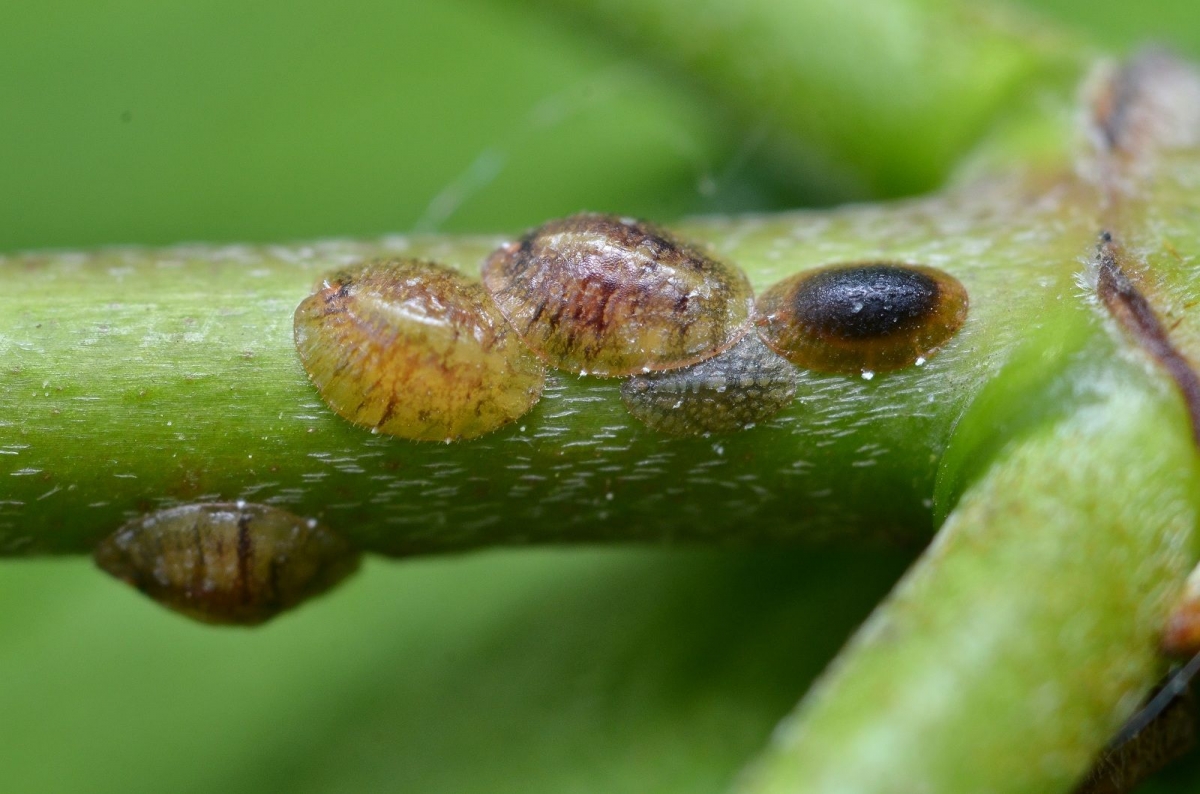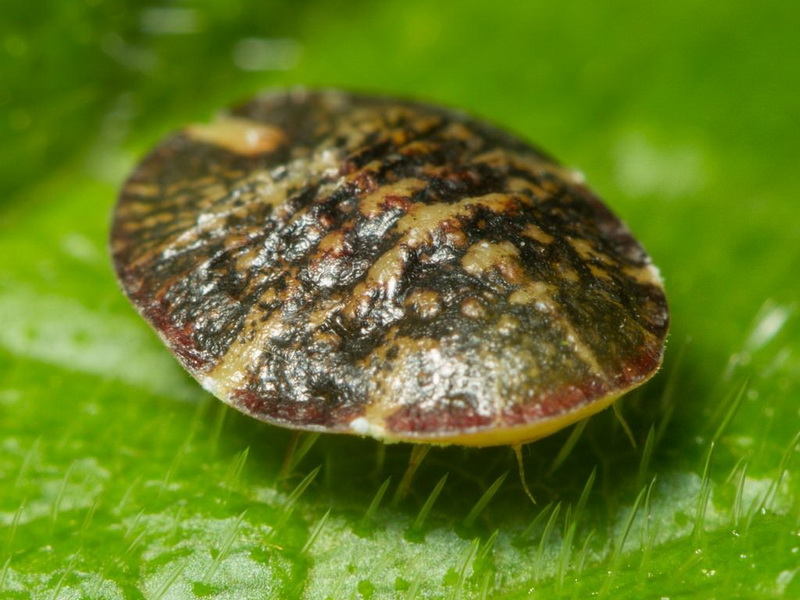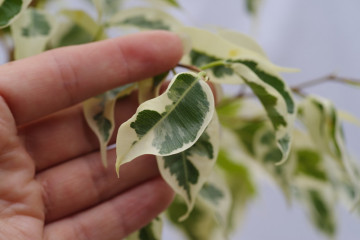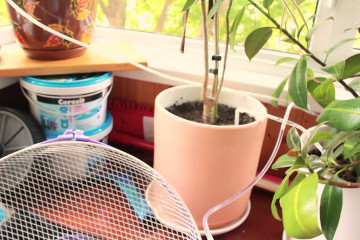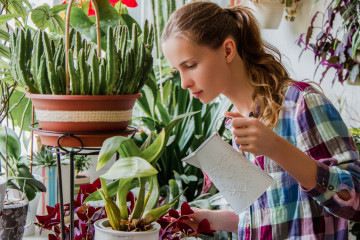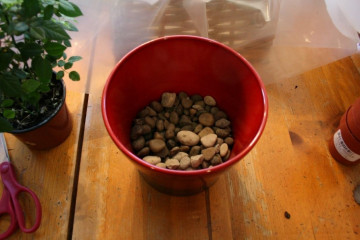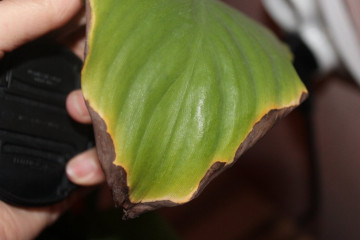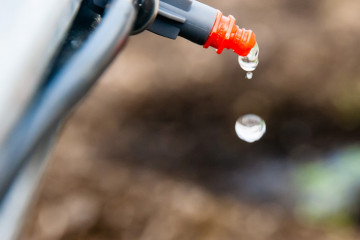Sticky leaves in indoor plants - causes and struggles
Content:
Flower growers engaged in the cultivation of indoor plants dream that their pets will delight with unusual flowers, glossy greens, rich color of veined leaves. But sometimes the picture is different. The glossy reflection of the leaves suddenly faded, they became sticky and covered with a coating similar to white cotton wool. Sticky leaves in indoor plants, causes and pest control are the topic of today's article.
What Do Sticky Leaves Show?
A healthy flower always attracts with its luxury. If the plant suddenly loses its attractiveness, it means that its immunity is weakened. It is at this moment that harmful insects can appear, organisms that damage the entire surface of the leaves. Florists wonder why indoor flowers have sticky leaves. From the wounds made by uninvited guests, juice that pests drink is oozing. Gradually, the leaf becomes covered with a layer of sticky juice and pest secretions, liquid, stringy and sticky.
Florists who deal with plant diseases claim that a white sticky coating on the leaves is left by scabies. It is quite difficult to see the pest: its size is very small. It settles near the veins of the plant. The hard shell, made up of small scales, which can vary in color from green to brown, helps the insect to camouflage itself.
The fight against the pest must be started immediately.
Scale development cycle
Scabbards are viviparous and oviparous. The developmental cycle of an oviparous individual lasts two months, depending on the ambient temperature. The developmental stages of the scale insect are presented in the table:
| List of professions | Regulatory procedure for issuance |
| Builders | signal form; gloves; PPE for face and ears; vibration reducing agents |
| Drivers | mittens; warm suit; safety shoes |
| Movers | overalls; gloves; jackets; trousers. |
| Sales staff | kerchiefs; gloves; bathrobes |
| Agricultural employees | gloves; footwear; mittens. |
| Electrical workers | dielectric special gloves; safety footwear; headdress; upper overalls; thermal underwear for dielectrics. |
Harm and possible consequences
Scabbards are capable of infecting citrus houseplants, oleanders, ficuses and even cacti. The leaves of the flower stick, turn yellow, the development of the stems goes wrong. The infected plant does not flower. The process of defeat has irreversible consequences:
- nutrients and water ooze from a microscopic hole in the leaves;
- wounds are an excellent environment for the development of fungal and viral diseases;
- the damaged leaf has clogged stomata, which makes it difficult to breathe;
- due to a lack of oxygen, the process of photosynthesis slows down, which is reflected in the gradual fall of leaves.
White sticky bloom on indoor flowers: how get rid of
Sticky plaque on the leaves of indoor plants is left only by scale insects. How to deal with it, the florist forums will tell you.Chemicals will be effective:
- Aktara is a fast-acting drug that destroys any pests of indoor plants. To prepare the composition, 1 g of powder is dissolved in 1 liter of water. The leaves of the flower are sprayed, a small amount of the product is poured under the root. Plants do not get used to the drug, so the treatment can be carried out several times after 10 days;
- fitoverm is a means of biological origin. Penetrates pests through the skin and gastrointestinal tract. It has a detrimental effect on the nervous system. A few hours after spraying, the insects stop feeding and die. To prepare a solution, you need to take 2 liters of water and 2 g of the drug. 3-4 procedures are carried out with an interval of five days;
- confidor is a fast-acting effective insecticide. 1 g of the substance is dissolved in 0.5 l of water. The effect occurs after 3 hours, the drug enters the gastrointestinal tract of the scabbard, and it dies. It is recommended to spill the soil in a flowerpot, but prepare a solution with a lower concentration;
- in case of a strong outbreak of the scabbard, it is necessary to use actellic (the ampoule of the agent is diluted in 1 liter of water). Processing is carried out only outdoors.
Plant chemical treatment plan
The frequency of chemical treatment depends on the air temperature.
| List of professions | Regulatory procedure for issuance |
| Builders | signal form; gloves; PPE for face and ears; vibration reducing agents |
| Drivers | mittens; warm suit; safety shoes |
| Movers | overalls; gloves; jackets; trousers. |
| Sales staff | kerchiefs; gloves; bathrobes |
| Agricultural employees | gloves; footwear; mittens. |
| Electrical workers | dielectric special gloves; safety footwear; headdress; upper overalls; thermal underwear for dielectrics. |
Traditional methods of dealing with sticky plaque
If a white bloom appears on indoor flowers, folk methods suggest how to get rid of it.
- It is necessary to prepare a thick composition of soap (tar, green) or detergent. With a cotton pad, a napkin (if the leaves are hard, you can take a toothbrush) and remove all pests. This condition cannot be neglected. Next, apply the solution to the entire plant, not excluding the stems. Soak for about 20 minutes. and rinse off the soap with hot water. You need to work carefully: if at least one individual remains, the outbreak of infection will begin again. You can rid the plant of the pest with regular treatments. To enhance the effectiveness of the measures, after the soap solution is washed off, the flower shoots and the soil in the pot can be sprayed with an insecticide;
- Sometimes white bloom on indoor flowers is so sticky that it is difficult to wash it off. Many gardeners believe that it is better to use a concentrated solution of alcohol (10 ml), warm water (1 l), liquid soap (15 ml). The solution is sprayed, applied to the delicate leaves with a brush.
- Taking 50 g of hot pepper, you should boil it with boiling water, boil it, insist for a day and process the affected flowers.
- Poisonous celandine also helps: pour 250 g of flowering grass with 1 liter of boiling water and leave for about 2 days.
Folk remedies are more often used as preventive measures, they can also remove midges, but sometimes their action against the scabbard refuses to be insufficient.
Getting rid of the scale insects on indoor plants is a long and difficult process, so you need to periodically carefully examine the leaves of the plant, treat it with soapy water to protect it from infection and death.
